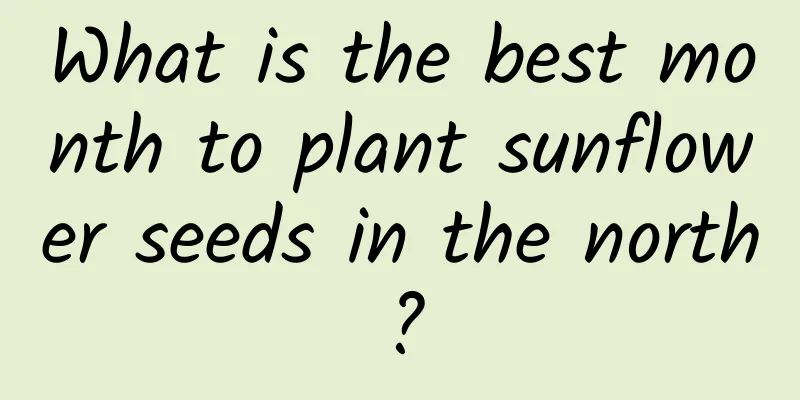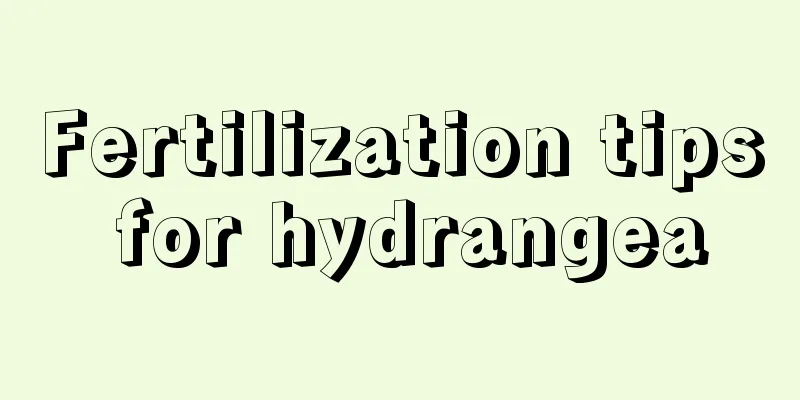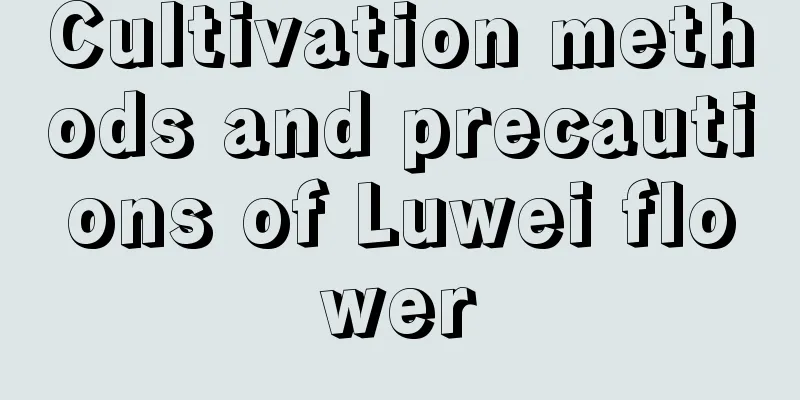Main technical points of pomegranate cultivation and management

|
Pomegranate is a fruit that many people like to eat. It is nutritious and rich in vitamin C. The whole body is a treasure. The peel can be used as medicine, and the fruit can be eaten or squeezed into juice. It is planted in many areas. Here are some key technical points on pomegranate cultivation and management. 1. Soil management Pomegranate is not too demanding on soil conditions, but in order to grow well and bear fruit, the soil should be kept loose. Generally, deep plowing should be done twice a year to loosen the soil. The first deep plowing after the autumn harvest should be done early, and the second deep plowing before and after the spring germination should not be too deep. In addition, it can be combined with weeding after each watering or rainfall during the growing season. 2. Water and fertilizer management Pomegranate management is relatively extensive. After the leaves fall, you can combine watering and applying farmyard manure. Before flowering, you can combine watering with applying a quick-acting mixed fertilizer , and timely tillage and weeding to keep the soil loose and moist. Before the pomegranate buds appear, strengthen fertilizer and water management. Phosphorus and potassium fertilizers are the best. They can make the flowers more abundant, the colors brighter, the fruits larger, and improve the ornamental value. Do not water the pomegranate too much during its flowering period to avoid causing the flowers and fruits to fall off. 3. Plastic and pruning The pomegranate can be shaped into a single-trunk round-headed crown, or it can be shaped into a crown with more branches. If it has dense branches and leaves, it can be thinned or lightly pruned once in winter and spring every year. Especially during the summer growing season, you can do some proper pruning to maintain a certain tree shape and promote the formation of flower buds. In addition, you should also cut off the sprouting stems. 4. Light temperature The light and temperature of pomegranate are conditions that affect the formation of flower buds, because full sunlight is required during the growing period and the more abundant the light, the more and brighter the flowers will be. A sheltered, sunny and dry environment is conducive to the formation of flower buds. If there is insufficient light, only leaves will grow without blooming, affecting the ornamental effect. The most suitable growth temperature is 15-20℃, and the winter temperature should be below -18℃, otherwise it will be damaged by frost. 5. Release bees and artificial pollination Placing bees on pomegranates can increase the fruit setting rate of tubular flowers by 30%, artificial pollination can reach 45.8%, while natural pollination has a fruit setting rate of 21.5%. 6. Thinning flowers and fruits Pomegranate flower thinning can be done in two times. The first time is after the buds appear, and the underdeveloped "bell-shaped flowers" are removed in time; the second time is about 2 weeks later, and the focus is still on thinning out incomplete flowers. 7. Ring cutting or girdling In the early stage of pomegranate flowering, the base of vigorous trees or large auxiliary branches with few flowers should be ring-cut 2-3 times, and the distance between rings should be kept above 4 cm. According to experiments, the fruit setting rate can be increased by 13.4% compared with non-ringcutting, and flower bud differentiation can be promoted. For vigorous trees, girdling can also be done. The trunk diameter should be more than 5 cm. Choose a smooth part and make two horizontal cuts deep into the wood. To facilitate healing, the distance between the rings should be 0.3-0.5 cm. That’s it |
<<: What should I pay attention to during the tomato fruiting period? Do I need to pollinate?
>>: What fertilizer is good for tomatoes during the fruiting period and how to fertilize
Recommend
How to water a cactus
1. Does it need water? Some friends think that ca...
How to care for newly bought Cymbidium
1. Lighting Cymbidium orchids like light. After y...
What to do if the leaves of Fragrant Wood turn yellow
1. Proper watering 1. Reason: Fragrant wood is a ...
What are the legends and meanings of Oxalis?
1. Flower language introduction There are three m...
What does Pteris fern do?
Edible value Pteris fern is a plant that contains...
How to prune plum trees and when to do it
"Prune the skeleton in winter, prune the flo...
Clivia cultivation methods and precautions, how to grow Clivia
1. Breeding methods 1. Watering: It has strong dr...
Is Begonia poisonous?
Begonia is non-toxic I can answer this question 1...
How to prune Qicheng trees? How and when to prune
Qicheng pruning time Qi orange can be pruned many...
What vegetables are suitable for growing under the shade of trees? Vegetable varieties suitable for growing under the shade of trees
There is less sunlight under the shade of trees, ...
Method of converting soil culture to hydroponics of fortune tree
Time and material selection Spring and autumn are...
How long does it take for Kalanchoe cuttings to take root?
1. Water-inserted plants can grow roots in seven ...
A new way to grow sweet potatoes! Sweet potatoes can grow by themselves if you hang them in mid-air!
Huahua heard from her mother today that she bough...
What to do if the Brazilian iron withers
Replace the potting soil When growing ornamental ...
The propagation method of the succulent green phoenix is fast and easy to grow!
Basic Introduction We all know that this method i...









